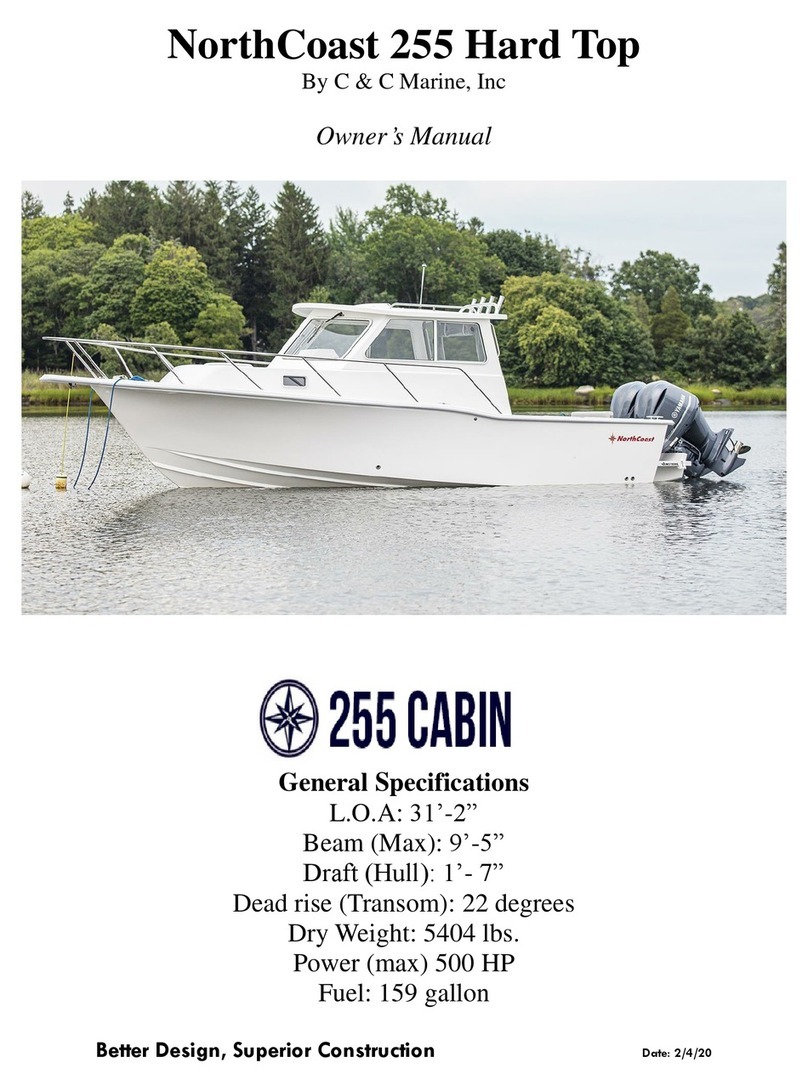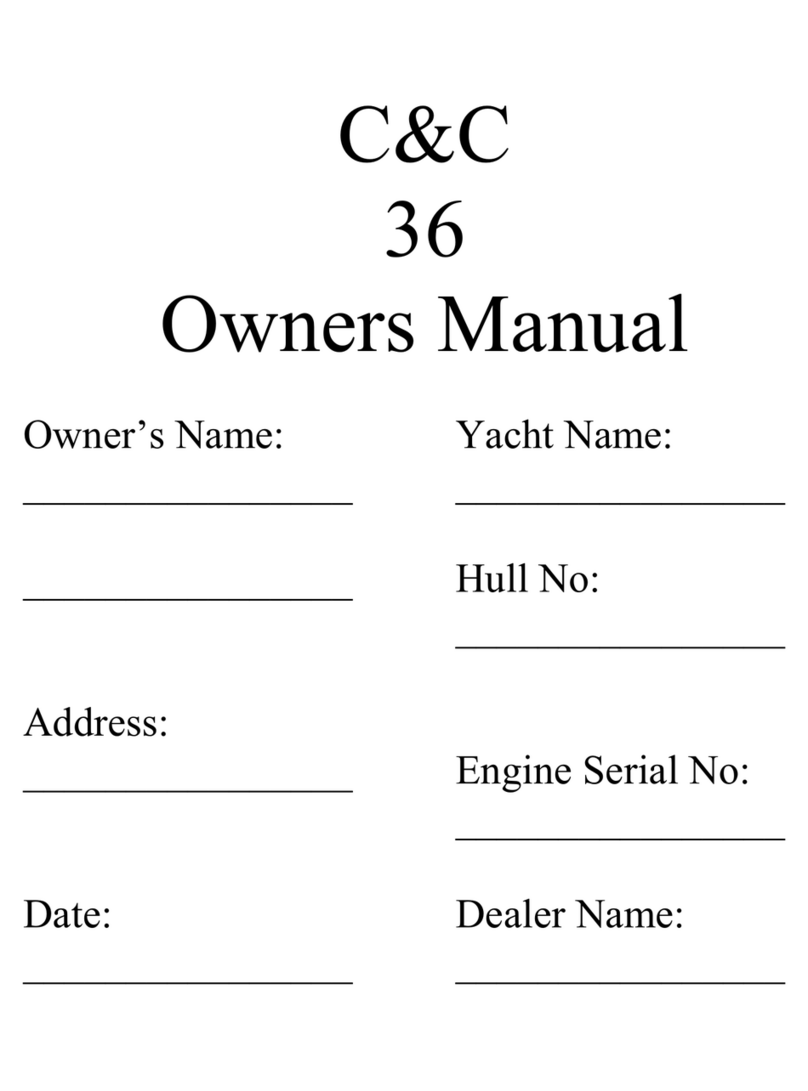2
C&C 27
Makai
- Boat Manual
Seattle Sailing Club
Welcome aboard our C&C 27Mk. II, Makai, designed as a pocket cruiser with great sailing
performance. The hull is a round-bilge design with a deep fin keel, raked bow and a plumb
transom stern fitted with an outboard rudder. We are doing everything possible to make sure
this boat is always ready to go. Please treat her with the care she deserves, like she is your
own boat. This manual is designed to make your journey easier and give you the extra
information underway you may be seeking. Help us out by filling out and turning in the user
reports each trip so we can continue providing the safest and best equipment possible.
Thanks and have a great sail! SSC
C&C 27s are some of the favorite boats in our fleet for the following reasons:
Day sailing performance
Comfortable cabin with sleeping quarters in the v-berth, main settee and a quarter berth.
Working galley with a two burner propane cook-top, ice box and fresh water galley sink.
Marine toilet with a 20 gallon holding tank.
Fully reef-able main sail with two reef points
Roller furling headsail with reef marks
Mercury 9.9 HP Electric start/tilt outboard engine
Shore power with outlets and battery charger
Cabin lights, running lights and anchor light.
Danforth anchor with a total of 30 feet of chain and 100 feet line with a bow roller and locker
Makai’s
Challenges - Things to Know
Makai has a 9.9 horsepower outboard engine which is unique to the other outboards in the club as it
is equipped with an electric start button and an electric tilt☺Especially make sure “off/run”switch
is flipped to run, fuel line is fully attached, and gear shift handle is actually in neutral just past notch
moving towards reverse or the engine will not start. (See engine section in manual for details)
Use great care when easing the topping lift! If you accidentally let this cleat go the boom could
land on your sailing mate’s head and cause an injury! Ease slowly. Makai’s topping lift is found on
the port side of the companionway. See picture in Sails and Rigging section of manual.
Always ease the boom vang, main sheet and reefing lines before raising the main sail.
Don’t stand on the forward hatch as it is prone to breaking.






























